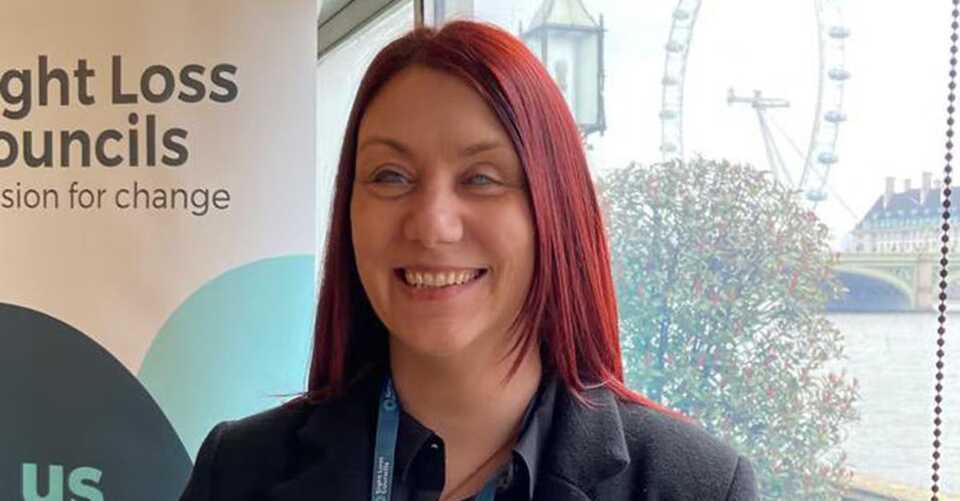Cybercriminals hacked employees of at least two US federal civilian agencies last year as part of a “widespread” fraud campaign that sought to steal money from individuals’ bank accounts, US cybersecurity officials revealed Wednesday.
In one case, the unidentified hackers posed as tech support, convinced a federal employee to call them and then instructed the federal employee to visit a malicious website, according to the advisory from the US Cybersecurity and Infrastructure Security Agency, National Security Agency and a threat-sharing center for state and local governments known as MS-ISAC.
The goal of the scam, which appears to have hit both private sector and government agencies, was to trick victims into sending the scammers money. It was unclear if that happened in the case of the federal employees.




